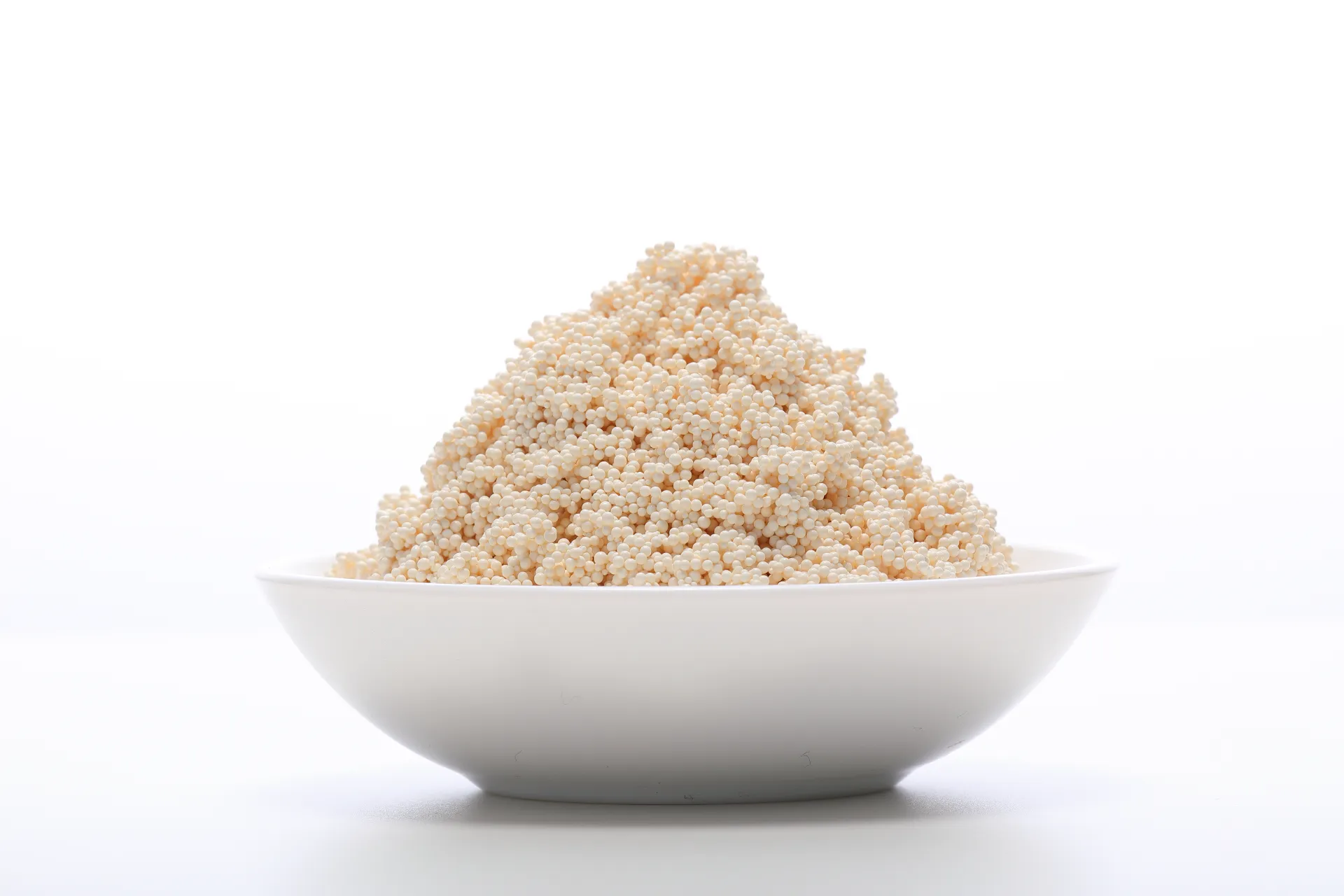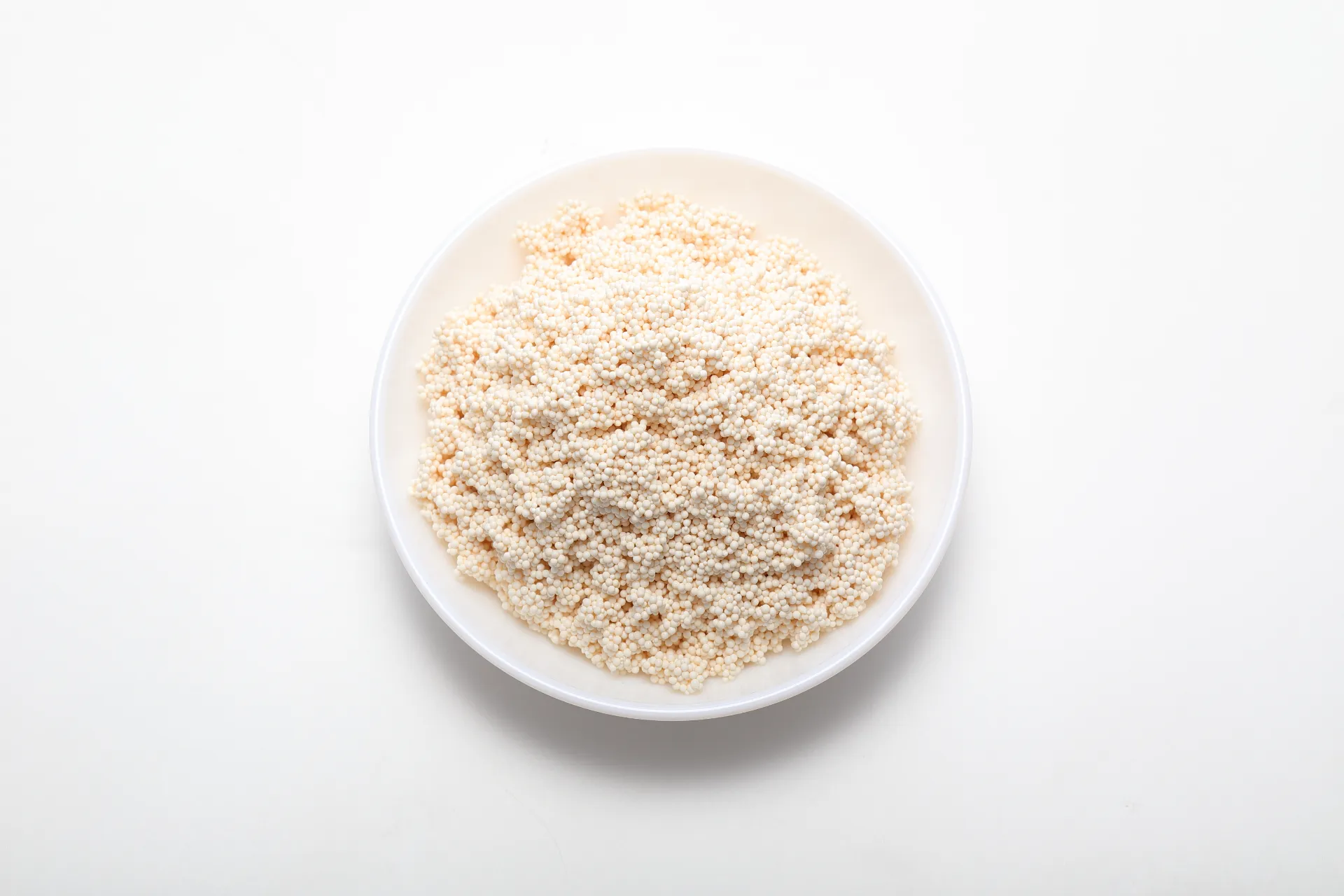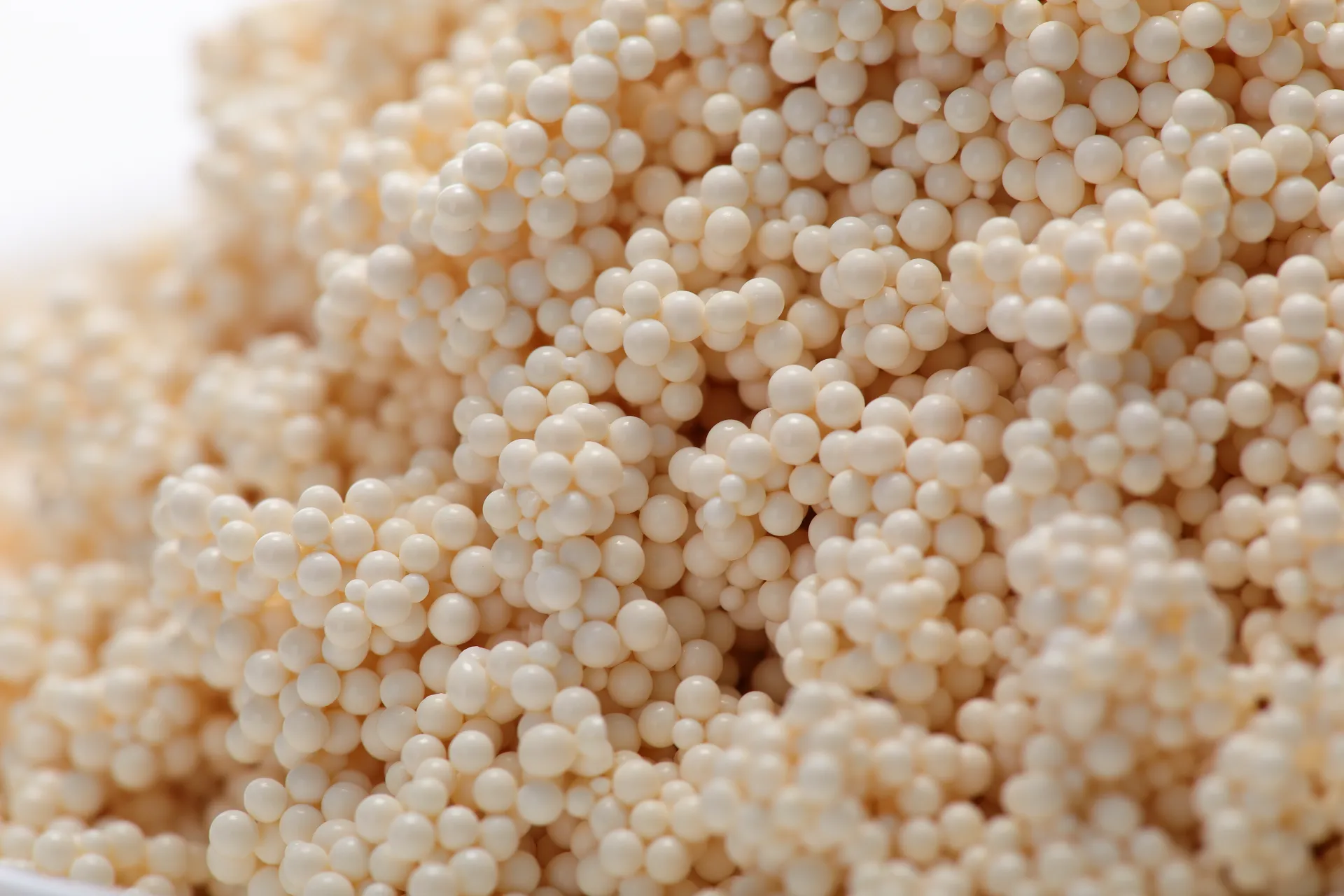Macroporous Strong Basic Anion Exchange Resin D201 SC: Field Notes from the Demin Frontline
If you work around demin trains or high-purity loops, you’ve probably heard someone casually say “just spec a
Macroporous Resin.”
It sounds simple. In practice, choosing the right grade, bead size, and capacity is where projects succeed—or get messy. I’ve spent enough hours in power plant galleries and water rooms to recognize a workhorse when I see one: D201 SC. It’s a polystyrene, macroreticular, strongly basic (Type I) anion resin with –N(CH3)3 functionality. In plain English, a solid alkali that chews through silica and anions with stubborn consistency.

What’s trending (and why D201 SC still shows up on specs)
Industry trend? Plants want lower silica leakage, fewer regeneration headaches, and predictable life. To be honest, the macroreticular structure keeps showing its value: better fouling resistance and mechanical durability, especially where organics and fines are part of real-world feedwater. Many customers say they see steadier ΔP and less bead fracture over time compared with gel types. Also, the maker’s base in Hebei, China (NO.2 East Jianshe Road, High-Tech Industrial Development South Zone Wei County, Xingtai) keeps lead times relatively sane.
Process flow: how this resin is built (and why it matters)
- Materials: styrene + divinylbenzene (DVB), porogens for macroporosity, then functionalized to quaternary ammonium.
- Method: suspension polymerization → phase inversion (creates macropores) → chloromethylation → amination with trimethylamine.
- Post-processing: washing, classification, conditioning to Cl– or OH– form, QA testing to ASTM/AWWA methods.
- Testing: total exchange capacity, moisture, bead size distribution, crush/attrition, swelling, silica leakage trials.
- Service life: ≈3–5 years in mixed-bed duty (real-world use may vary with feed SDI, oxidants, and regeneration discipline).

Typical applications
- Desalination/deionization trains (paired with strong-acid cation resin; great at silica polishing).
- Power plants: condensate polishing, mixed-bed polishing before HRSG. Silica control is the headline.
- Mining: cyanide leach circuits (adsorption in CIL/CIP-style cyanidation steps—yes, it’s a niche but it works).
- Industrial process water and, with the right certifications, pre-NSF systems for potable treatment.
Product specs (indicative)
| Matrix / Type | Polystyrene-DVB, macroporous, SBA Type I (–N(CH3)3) |
| Total exchange capacity (Cl– form) | ≈1.2–1.4 eq/L |
| Moisture content | 45–55% |
| Bead size (effective) | 0.6–0.8 mm; UC ≤1.6 |
| Operating pH | 0–14 (OH– form typically ≤60°C; Cl– form up to ≈80–100°C) |
| Shipping density | ≈0.65–0.75 g/mL |
In practice, Macroporous Resin like D201 SC resists organic fouling a bit better than gel types, and—surprisingly to some—holds capacity longer under cyclic thermal stress. My two cents: watch oxidants; even macroporous beads don’t love free chlorine.

Vendor comparison (snapshot)
| Vendor | Type / Matrix | Capacity (eq/L) | Certs | Lead time | Notes |
|---|---|---|---|---|---|
| D201 SC (Hebei) | SBA Type I, macroporous | ≈1.2–1.4 | ISO 9001; NSF/ANSI 61 (optional by lot) | 2–5 weeks | Strong silica removal; value pricing |
| Global Brand A | SBA Type I, macroporous | ≈1.1–1.3 | ISO 9001, NSF/ANSI 61 | 4–8 weeks | Broad distributor network |
| Regional Vendor B | Gel SBA Type I | ≈1.2 | ISO 9001 | Stock-dependent | Lower cost; may foul faster |
Customization and operating tips
- Options: bead size bands, crosslink %, Cl– or OH– shipping form, pre-mixed bed blends.
- Regeneration: 4–8% NaOH, 2–4 BV; slow rinse until conductivity plateau stabilizes.
- Hydraulics: service 5–40 m/h; backwash 50–70% bed expansion (temperature-corrected).
Case snapshots
- Gas-fired plant, 120 m3/h mixed bed: silica cut from 200–300 ppb to
- Electronics pre-polish loop: TOC spikes handled better vs gel SBA; ΔP stable over 9 months, no fracture surge noted.
Bottom line: for tough silica specs and “don’t-baby-it” operations, Macroporous Resin like D201 SC is a safe bet. Not flashy—just reliable.
Authoritative references
- ASTM D2187, Standard Test Methods for Physical and Chemical Properties of Ion-Exchange Resins, ASTM International.
- AWWA B603, Ion-Exchange Resins, American Water Works Association.
- NSF/ANSI 61, Drinking Water System Components—Health Effects, NSF International.
- ISO 9001:2015, Quality Management Systems—Requirements, ISO.
- HG/T 2567-2012, Polystyrene-Type Strong Base Anion Exchange Resin, Chemical Industry Standard of PRC.
Hebei Lijiang Biotechnology Co., Ltd, is a new material manufacturer specializing in the production of high-performance special ion exchange resins.mixed bed resin suppliers It is a modern high-tech enterprise that integrates the research and development,production, sales, and service of resin materials and resin terminal products.ion exchange resin The company is committed to producing high-quality industrial grade, food grade,pharmaceutical grade, and nuclear grade resins.cation exchange resin It has passed ISO9001 management certification,SGS certification, and WQA international certification from the American Water Quality Association, and has obtained a national food hygiene license. Food grade resin products comply with FDA standards in the United States.super blog